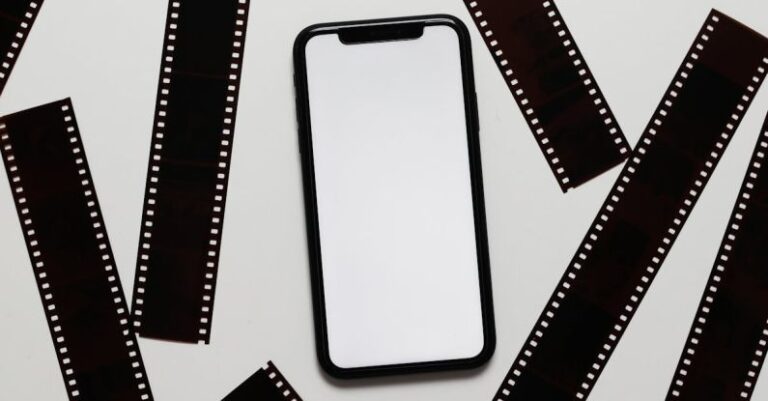How Does Digital Media Affect Visual Storytelling

In the digital age, visual storytelling has undergone a significant transformation due to the widespread use of digital media. From social media platforms to streaming services, the way stories are told visually has evolved to adapt to the changing landscape. Digital media has not only revolutionized how stories are consumed but also how they are created and shared. This shift has had a profound impact on the art of visual storytelling, influencing everything from the tools used by creators to the way audiences engage with content.
The Rise of Visual Content on Social Media
One of the most noticeable effects of digital media on visual storytelling is the rise of visual content on social media platforms. With the increasing popularity of platforms like Instagram, TikTok, and Snapchat, visual storytelling has become more accessible and widespread than ever before. These platforms allow users to share images and videos instantly, reaching a global audience in a matter of seconds. This instant and widespread distribution of visual content has changed the way stories are told, with creators having to adapt to the fast-paced nature of social media.
The Influence of Technology on Visual Storytelling
Advancements in technology have also played a significant role in shaping visual storytelling in the digital age. From high-quality cameras on smartphones to sophisticated editing software, technology has made it easier for creators to produce visually stunning content. This accessibility to technology has democratized visual storytelling, allowing anyone with a smartphone to become a creator. As a result, the visual storytelling landscape has become more diverse and inclusive, with a wide range of perspectives and voices being represented through digital media.
Interactive and Immersive Experiences
Digital media has also enabled the creation of interactive and immersive experiences that go beyond traditional forms of visual storytelling. Virtual reality (VR) and augmented reality (AR) technologies have opened up new possibilities for creators to engage audiences in unique and interactive ways. These technologies allow viewers to step into the story and become active participants, blurring the lines between storytelling and reality. As a result, visual storytelling has become more engaging and immersive, creating a deeper connection between creators and audiences.
The Power of Data and Analytics
Another way digital media has impacted visual storytelling is through the power of data and analytics. With the ability to track and analyze audience engagement, creators can gain valuable insights into what resonates with viewers and tailor their storytelling accordingly. This data-driven approach has revolutionized the way stories are crafted, with creators using analytics to optimize their content for maximum impact. By harnessing the power of data, visual storytellers can create more personalized and targeted narratives that resonate with their audience on a deeper level.
Collaboration and Community Building
Digital media has also facilitated collaboration and community building within the visual storytelling industry. Platforms like YouTube and Vimeo have created spaces for creators to connect, share ideas, and collaborate on projects. This sense of community has fostered creativity and innovation, leading to the development of new storytelling techniques and styles. By working together, visual storytellers can push the boundaries of their craft and create truly unique and compelling content that resonates with audiences around the world.
Embracing the Future of Visual Storytelling
As digital media continues to evolve, visual storytelling will undoubtedly undergo further changes and innovations. From the rise of virtual influencers to the integration of artificial intelligence in content creation, the future of visual storytelling is full of exciting possibilities. By embracing these advancements and staying at the forefront of digital media trends, visual storytellers can continue to captivate and inspire audiences in new and innovative ways. In this ever-changing landscape, adaptability and creativity will be key to success, as creators navigate the complexities of digital media to create compelling visual narratives that stand out in a crowded online world.





